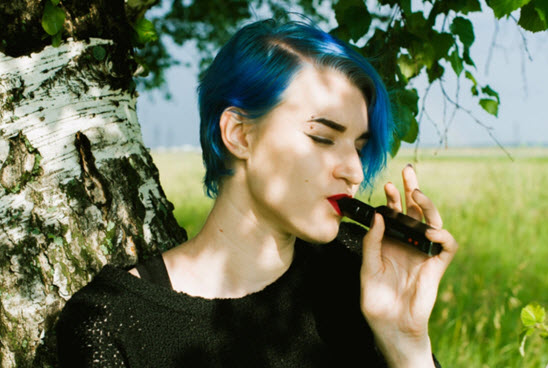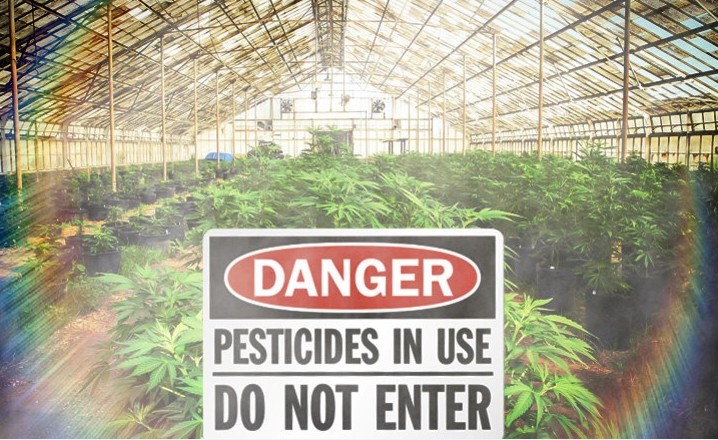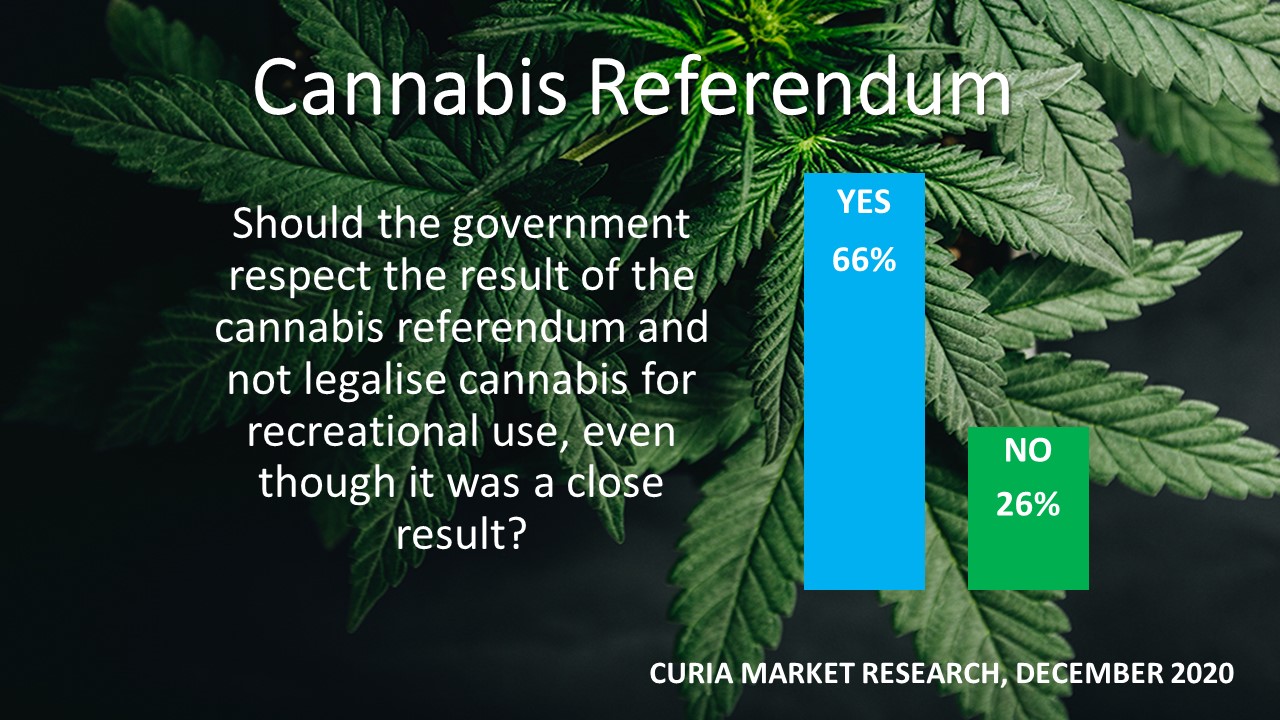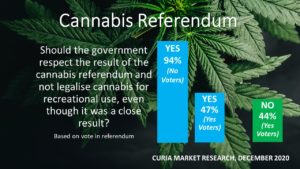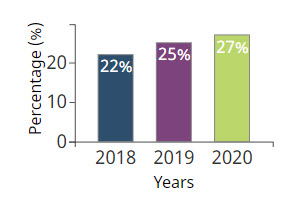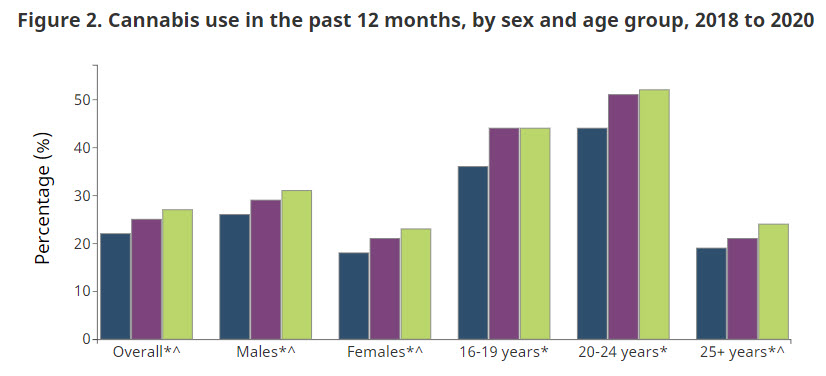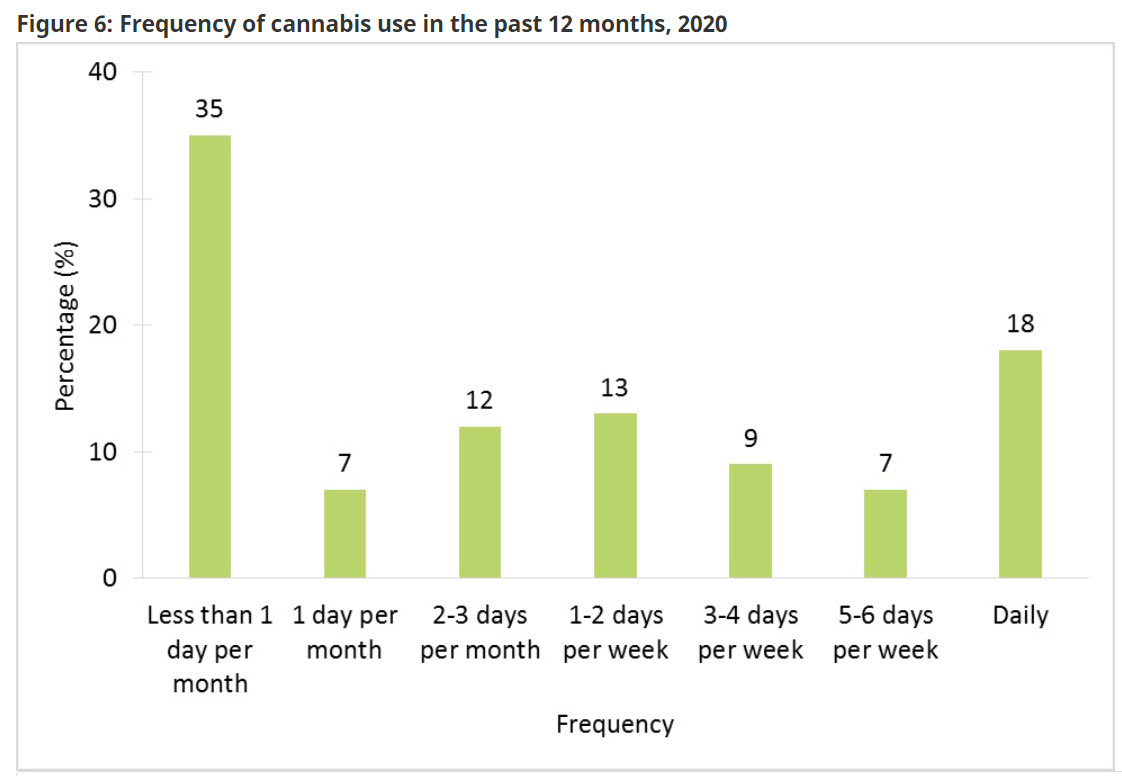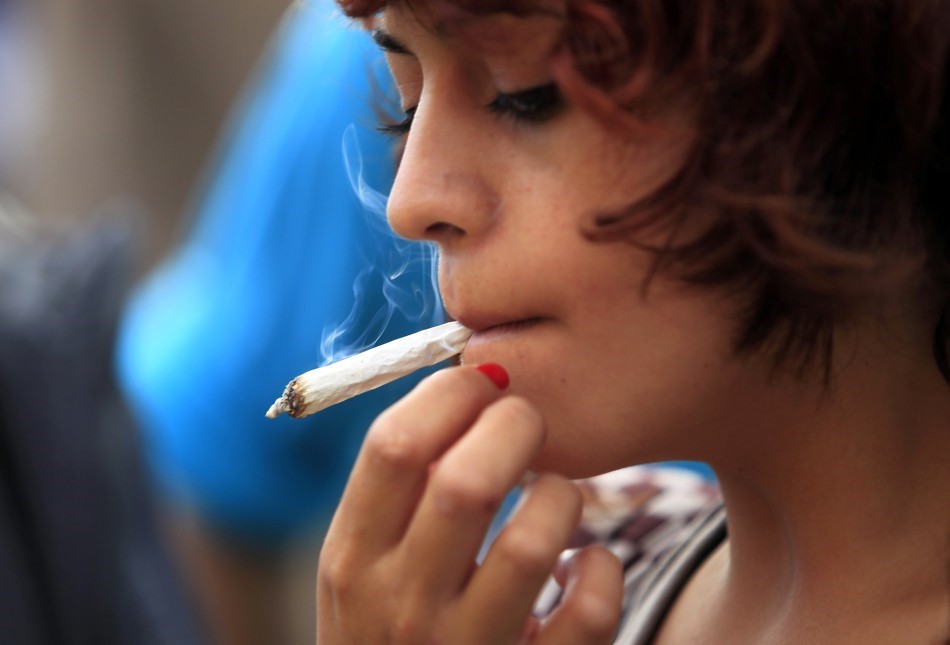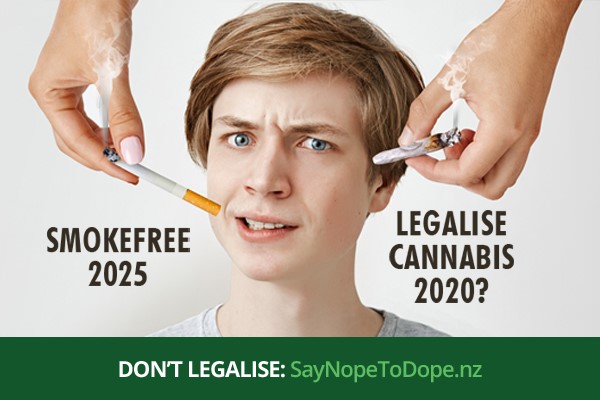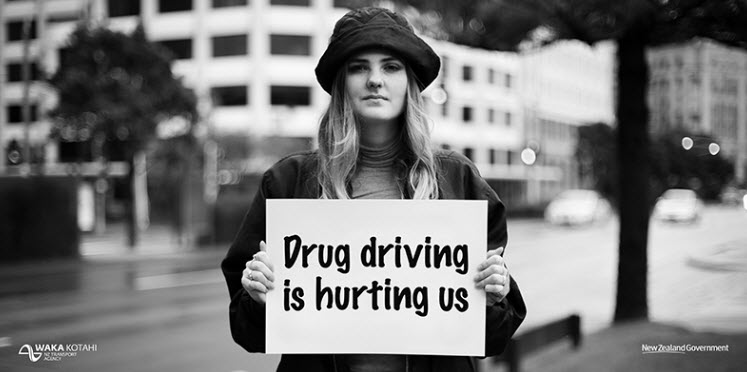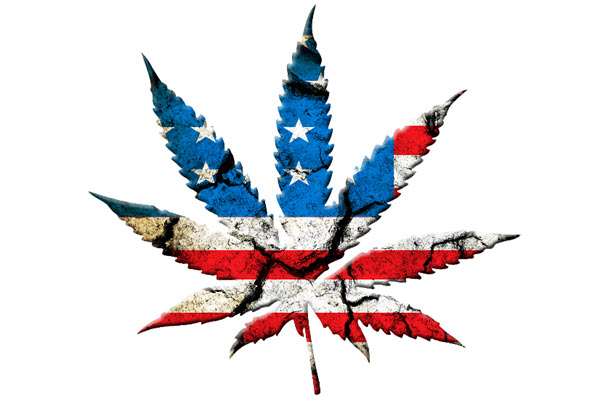
Stuff co.nz 11 January 2021
Family First Comment: Oh! Not so successful then?
“The plan, backed by local police and prosecutors, is aimed at tackling the flow of hard drugs and organised crime linked to the marijuana trade.”
In an effort to clean up its image, Amsterdam aims to restrict a key tourist attraction: its coffee shops.
Only Dutch residents would be allowed to enter the cannabis-dealing outlets under a proposal by Mayor Femke Halsema. The plan, backed by local police and prosecutors, is aimed at tackling the flow of hard drugs and organised crime linked to the marijuana trade.
“The cannabis market is too big and overheated,” Halsema said in emailed comments. “I want to shrink the cannabis market and make it manageable. The residence condition is far-reaching, but I see no alternative.”
Halsema submitted the plan to the Amsterdam council on Friday, kicking off a political debate, including discussions over a transitional agreement with shop owners. She expects the policy to go into force next year at the earliest.
The initiative is the latest move by Amsterdam to actively reduce the flow of visitors and improve the quality of life for residents. Crowds have flocked to the city since cheaper flights made its historic centre a popular weekend destination.
READ MORE: https://www.stuff.co.nz/travel/news/300202018/amsterdam-wants-to-ban-tourists-from-its-marijuana-shops?cid=app-iPhone



